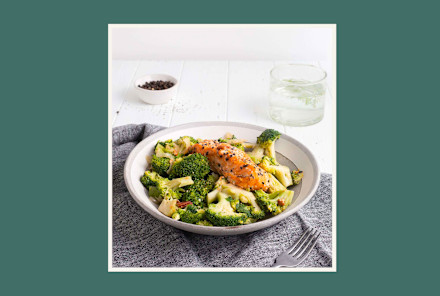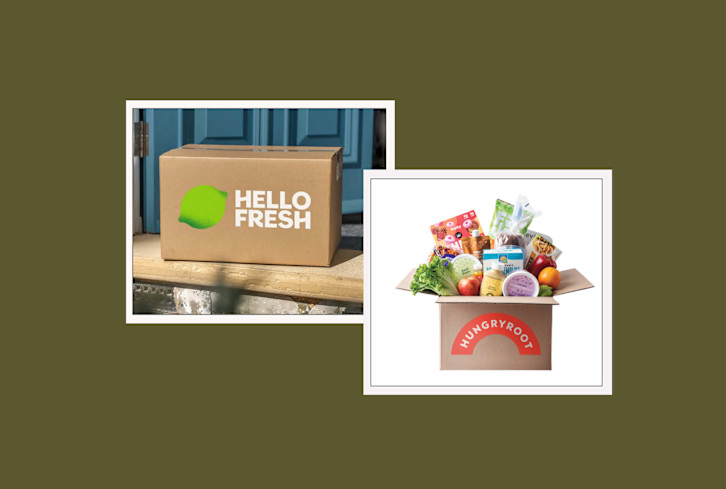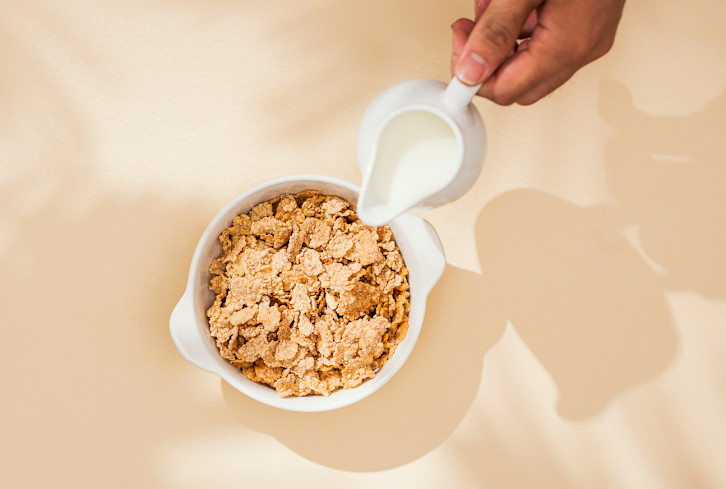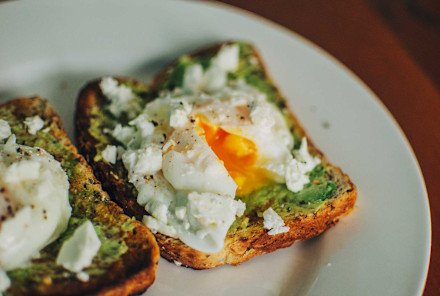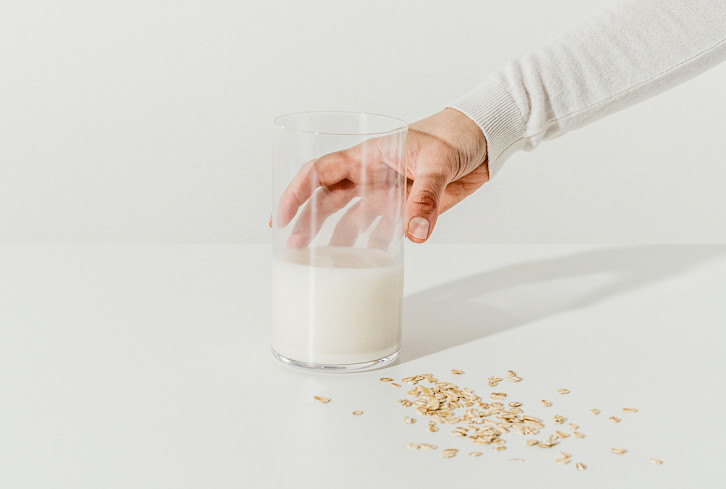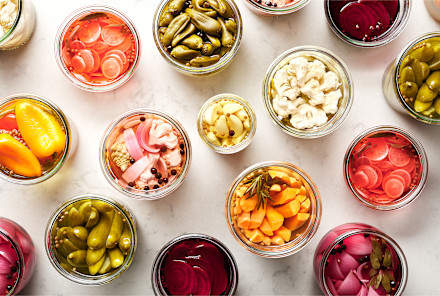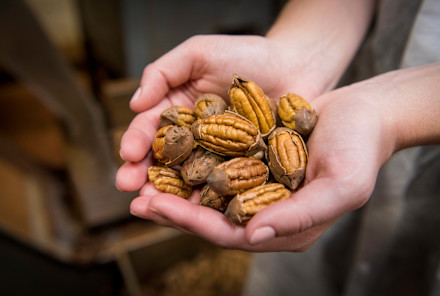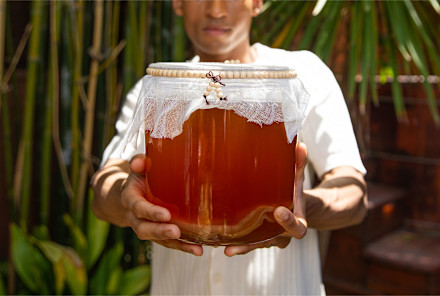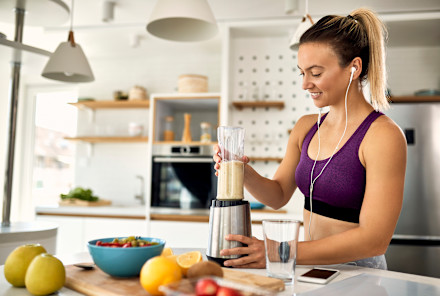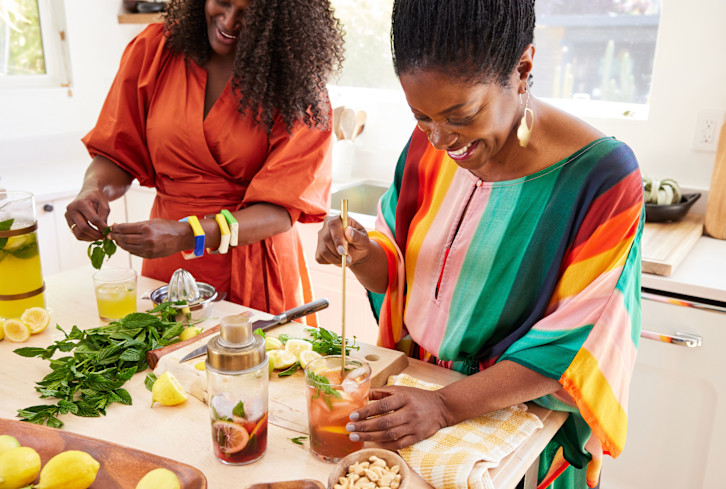
10 Vegetables That Are Shockingly High In Protein & How To Eat More Of 'Em
Jillian Kubala, M.S., R.D.

10 Vegetables That Are Shockingly High In Protein & How To Eat More Of 'Em
Jillian Kubala, M.S., R.D.

I'm A Dietitian & This Is Why I'd Never Use The Term 'Ethnic Foods'
Maya Feller, M.S., R.D., CDN

I'm A Dietitian & This Is Why I'd Never Use The Term 'Ethnic Foods'
Maya Feller, M.S., R.D., CDN

10 Vegetables That Are Shockingly High In Protein & How To Eat More Of 'Em
Jillian Kubala, M.S., R.D.

10 Vegetables That Are Shockingly High In Protein & How To Eat More Of 'Em
Jillian Kubala, M.S., R.D.

I'm A Dietitian & This Is Why I'd Never Use The Term 'Ethnic Foods'
Maya Feller, M.S., R.D., CDN

I'm A Dietitian & This Is Why I'd Never Use The Term 'Ethnic Foods'
Maya Feller, M.S., R.D., CDN
scroll

10 Vegetables That Are Shockingly High In Protein & How To Eat More Of 'Em
Jillian Kubala, M.S., R.D.

I'm A Dietitian & This Is Why I'd Never Use The Term 'Ethnic Foods'
Maya Feller, M.S., R.D., CDN








